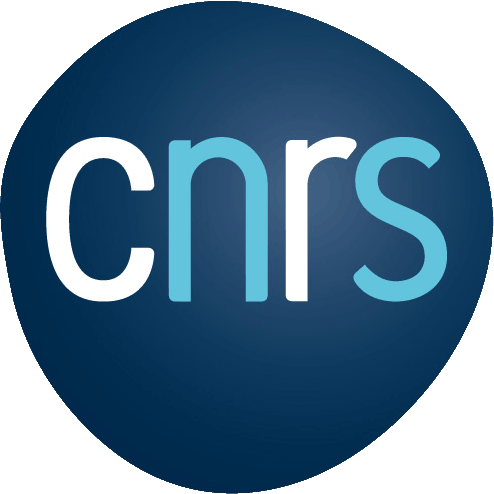Date : 2025-05-14
Lieu : Beni Mellal, Morocco
The second edition of the International Conference on Artificial Intelligence and Green Computing (ICAIGC 2025) will be held in Beni Mellal, Morocco during May 14-16, 2025. This edition is organized by the Data4Earth Laboratory, Faculty of Sciences and Techniques Beni Mellal, Sultan Moulay Slimane University.
This edition will gather leading academics, researchers, and professionals from various fields. ICAIGC 2025 will serve as a platform for discussing advancements in AI and Green Computing. Attendees will have the chance to exchange ideas and explore solutions to the challenges in these areas.
The conference will feature keynote speeches from internationally recognized experts in AI and Green Computing. Participants can attend oral presentations showcasing cutting-edge research. Interactive poster sessions and thematic workshops will also be organized to foster deeper discussions on key topics. These activities aim to bring up collaboration and knowledge exchange among participants.
One of the highlights of ICAIGC 2025 will be the “Mellali” social and cultural program, offering participants a unique chance to experience the rich history, culture, and hospitality of Beni Mellal, while fostering informal discussions and collaborations in a welcoming atmosphere.
Mark your calendar now and prepare to participate in this highly anticipated scientific event that will serve as a milestone for research and innovation in AI and Green Computing. Don’t miss the opportunity to be part of this transformative gathering in the heart of Morocco.
The ICAIGC 2025 conference committee is excited to invite you to attend the conference and very confident to receive your high quality papers.
All ICAIGC 2025 accepted papers and presented at the conference will be published in Springer, Lecture Notes in Networks and Systems (LNNS) Series indexed in Scopus, DBLP, Springerlink, EI Compendex, INSPEC, SCImago, WTI AG and zbMATH.
***TRACKS***
We invite submissions of original papers on a wide range of topics, structured around the following tracks:
Track 1: AI fo Multimedia Processing
Track 2: AI for Distributed Computing and Networking
Track 3: AI for Green Computing
Track 4: AI Applications
We welcome original papers that are unpublished and not under consideration for publication elsewhere.
***SUBMISSION GUIDELINES***
– All submissions should be written in English.
– Manuscripts should respect the Springer template (10-15+ pages) for full papers and (6-8+ pages) for short papers, including figures, tables, and references.
– Proposals should be submitted via the submission platform: : https://cmt3.research.microsoft.com/ICAIGC2025/ by the deadline of 5th January
– All papers will be double-blind peer-reviewed by the scientific committee based on their originality, relevance, and academic quality.
***IMPORTANT DATES***
– Paper Submission Deadline: January 5th, 2025
– Notification of Acceptance: February 16th, 2025
– Camera-Ready Paper: March 9th, 2025
Notre site web : www.madics.fr
Suivez-nous sur Tweeter : @GDR_MADICS
Pour vous désabonner de la liste, suivre ce lien.

